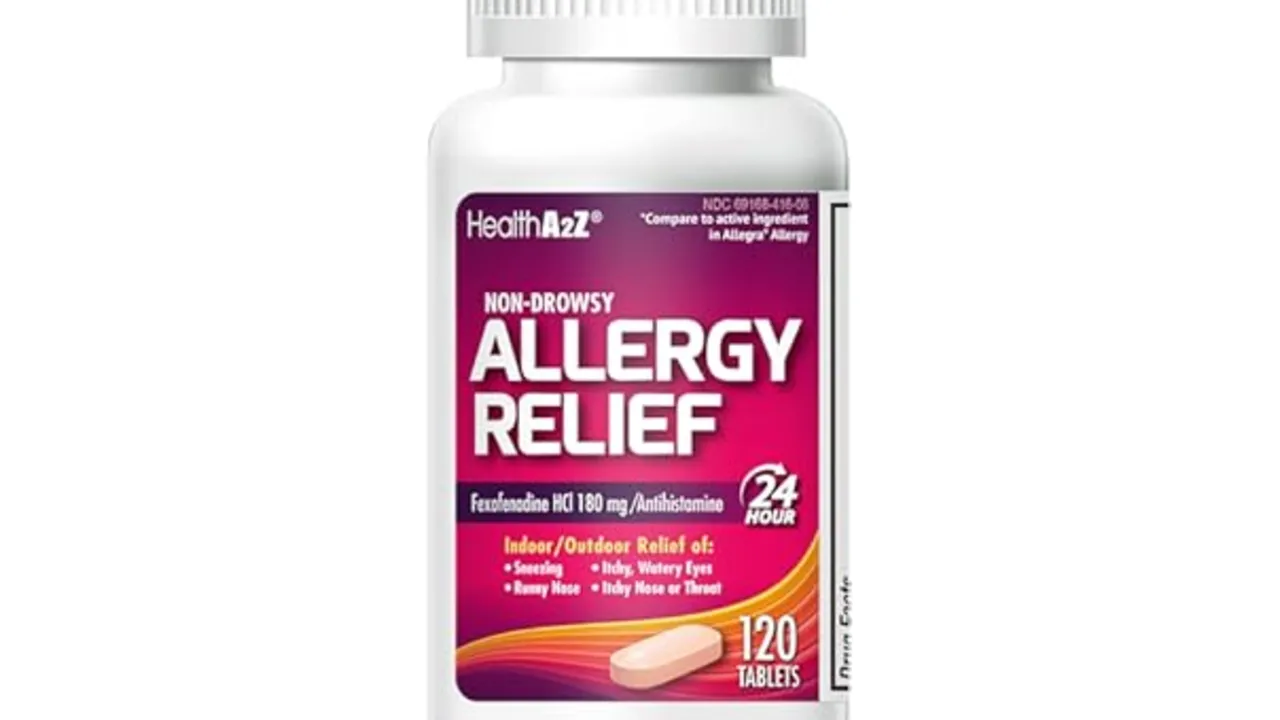Fexofenadine Alternatives: Practical Allergy Relief You Can Try
Not getting relief from fexofenadine or worried about side effects? You’ve got choices. Below I walk through real alternatives—what they do, when they work best, and quick tips to pick the right one for your symptoms.
Other oral antihistamines
If you want the same style of drug but different effects, try cetirizine (Zyrtec), loratadine (Claritin), levocetirizine, or desloratadine. Cetirizine works fast and can be stronger for itching, but it may cause mild drowsiness in some people. Loratadine is usually non-drowsy and good for daytime use, though it can start a bit slower. Levocetirizine and desloratadine are newer versions aimed at better tolerance and longer action. All are available over the counter—check labels for dosing by age.
Non-pill options that often work better
For nasal congestion, sneezing, and runny nose, intranasal steroid sprays (fluticasone, budesonide, triamcinolone) usually beat oral antihistamines. They reduce inflammation at the source and help with congestion, but they need a few days to reach full effect. Intranasal antihistamines (azelastine) act faster and can be combined with a steroid for quick relief.
If your main problem is itchy, red eyes, look into ophthalmic antihistamine drops like ketotifen. They work locally and avoid the systemic side effects that pills can cause.
Montelukast (Singulair) targets leukotrienes and helps people with allergic rhinitis plus asthma or nasal congestion. It’s a prescription drug; some users report mood changes, so discuss risks with your doctor before starting.
First-generation antihistamines (diphenhydramine/Benadryl) are effective but cause strong drowsiness and are best for short-term night-time use only.
Non-drug approaches matter: nasal saline rinses lower allergen load, HEPA filters reduce indoor triggers, and avoiding peak pollen times helps. For long-term change, allergen immunotherapy—shots or sublingual tablets—can reduce symptoms and medication needs over years. Talk to an allergist if you’re sick of daily meds.
How to choose: match the treatment to your main symptom. Itchy eyes or hives—choose a systemic antihistamine. Congestion—pick a nasal steroid or combo therapy. Need quick short-term relief—try an intranasal antihistamine or a fast oral like cetirizine. If you’re on other meds, pregnant, or treating a child, check with your provider first.
Switching tips: stop the old medication as directed, watch for rebound symptoms (common with nasal decongestant sprays), and give nasal steroids several days to work. If an OTC option fails after a week or two, see your doctor—there are prescription options and allergy testing that can pinpoint the problem.
Want help picking one? Tell me your main symptoms, and I’ll point you to the most likely effective option.

5 Alternatives to Fexofenadine in 2025: Exploring Your Options
Navigating the world of allergy relief can be daunting, especially with so many options available. Here, we explore alternatives to Fexofenadine in 2025, including Flonase, to help you understand your choices for managing symptoms like congestion and sneezing. Each alternative offers different benefits and drawbacks, so finding the right fit is essential. Our guide aims to simplify the decision-making process by providing a comprehensive look at what each option brings to the table. Whether you're battling hay fever or other allergies, knowing your options can lead to more effective relief.
MedicationsLatest Posts
Tags
- online pharmacy
- medication
- dietary supplement
- side effects
- online pharmacy UK
- medication safety
- mental health
- impact
- online pharmacies
- dosage
- skin health
- health
- pain relief
- dietary supplements
- massage therapy
- medication side effects
- eye inflammation
- health benefits
- mental health treatment
- thyroid medication




